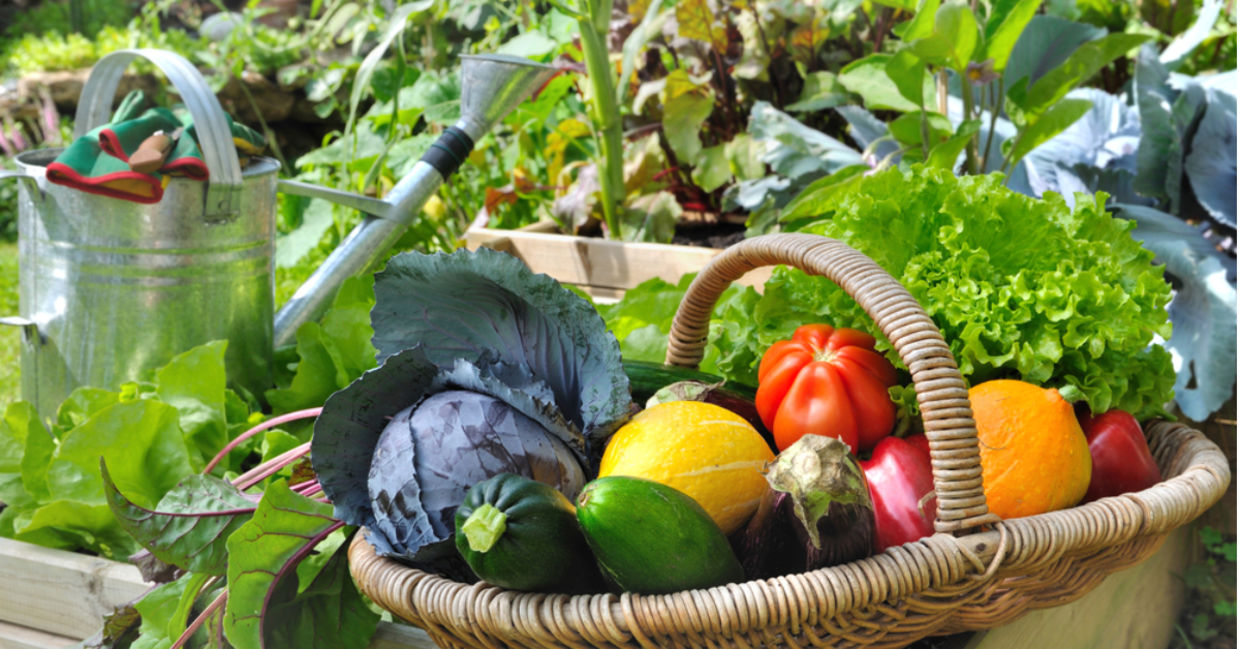
(sanddebeautheil / Shutterstock.com)
Home gardens mean that you will have a bounty of fresh vegetables and fruits all summer long. From late spring to early fall, there is always something in season.
If you didn’t plant one this year, now is the time to begin planning for next year. Many people who want to start a garden are concerned about the initial costs of creating one, according to Tree Hugger. But if you start small, you can have your own abundant garden even if you have a small budget.
Here are five tips on how to be a thrifty gardener and begin to live a more healthy and eco-friendly life.
Plan Ahead
Plan ahead. Check out the space you want to use for your garden. Does it have enough sun? Think about what you want to grow. Do you have enough space to plant fruits and vegetables that grow on vines like melons or pumpkins or should you stick to bushier plants? If you plan to have an organic garden, carefully plan which insect repelling plants you need to grow.
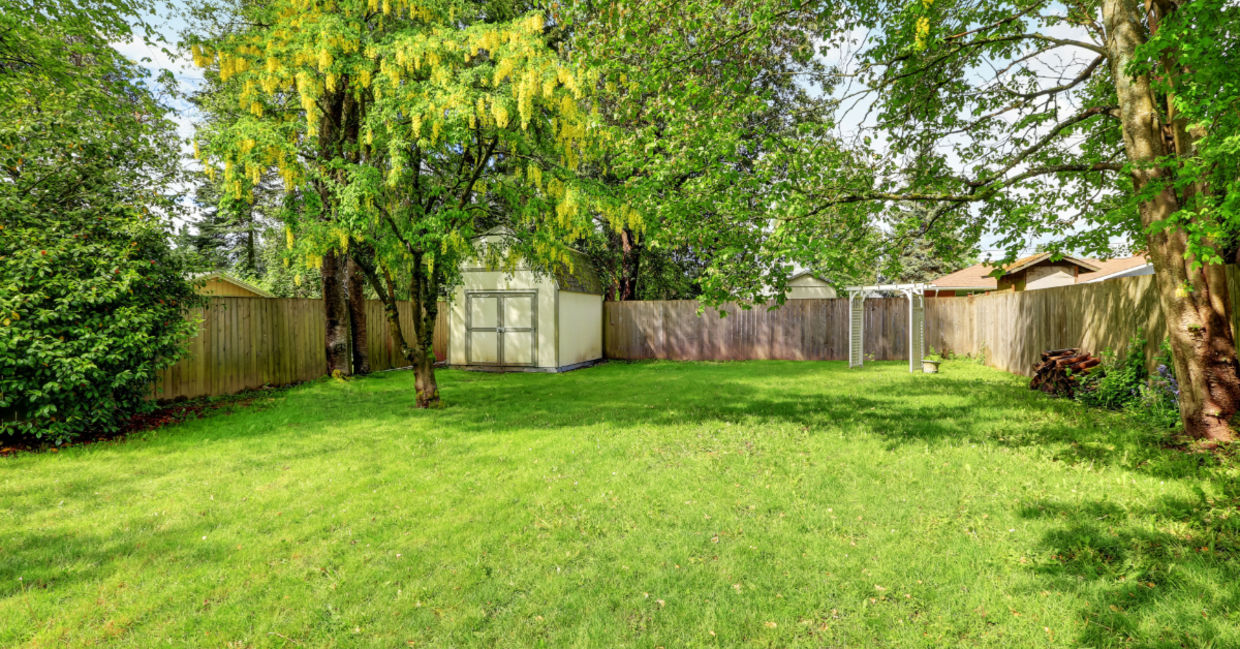
(Artazum / Shutterstock.com)
Start Composting
Begin composting now so that you have healthy soil for your garden. All you need is a small bin in your kitchen to collect the food waste and a larger bin or compost pile in your yard. You can compost all your green and brown organic leftovers like coffee grounds, veggies, and fruits. Add browns like twigs and leaves and water. If you haven’t composted enough soil for your garden, you can purchase peat free compost or mulch at a garden center, according to a blog from Rolawn.
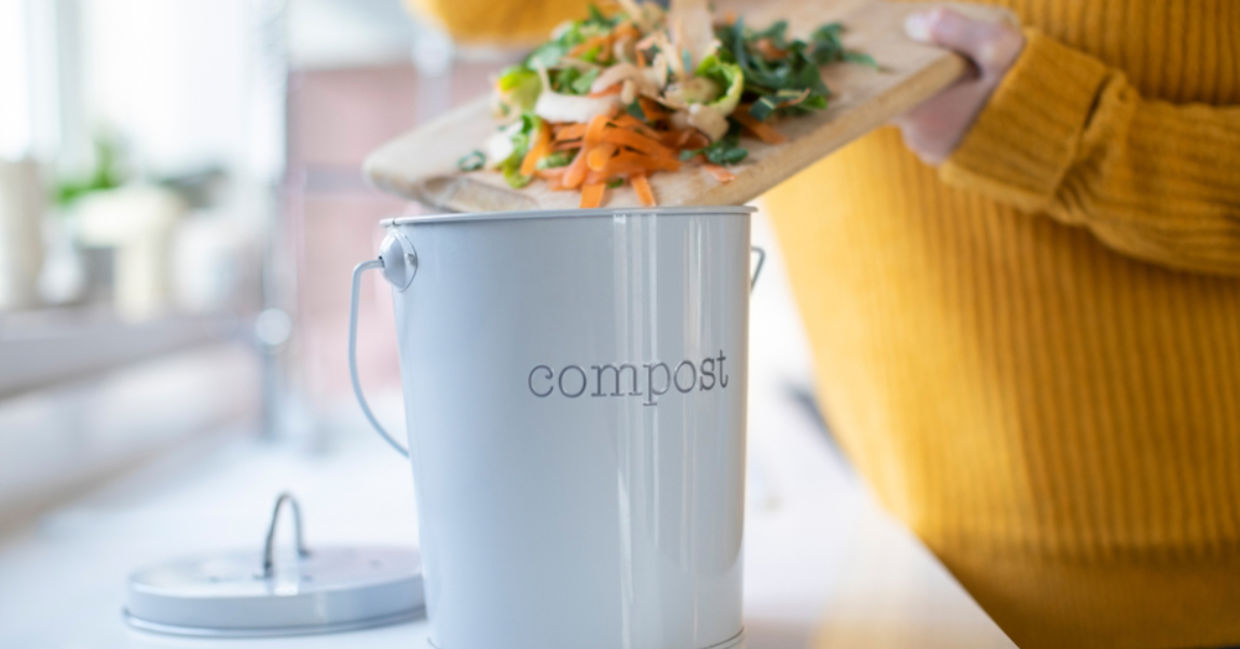
(Daisy Daisy / Shutterstock.com)
DIY Garden
Use household waste and upcycled items in your garden stressed Tree Hugger. You can use toilet paper rolls to grow seeds in and old plastic containers like soda bottles can be used to collect rainwater to water your garden with. Grow your garden from seeds or plants you grew from food in your kitchen instead of buying plants from a garden center. The more you do yourself, the more money you will save.
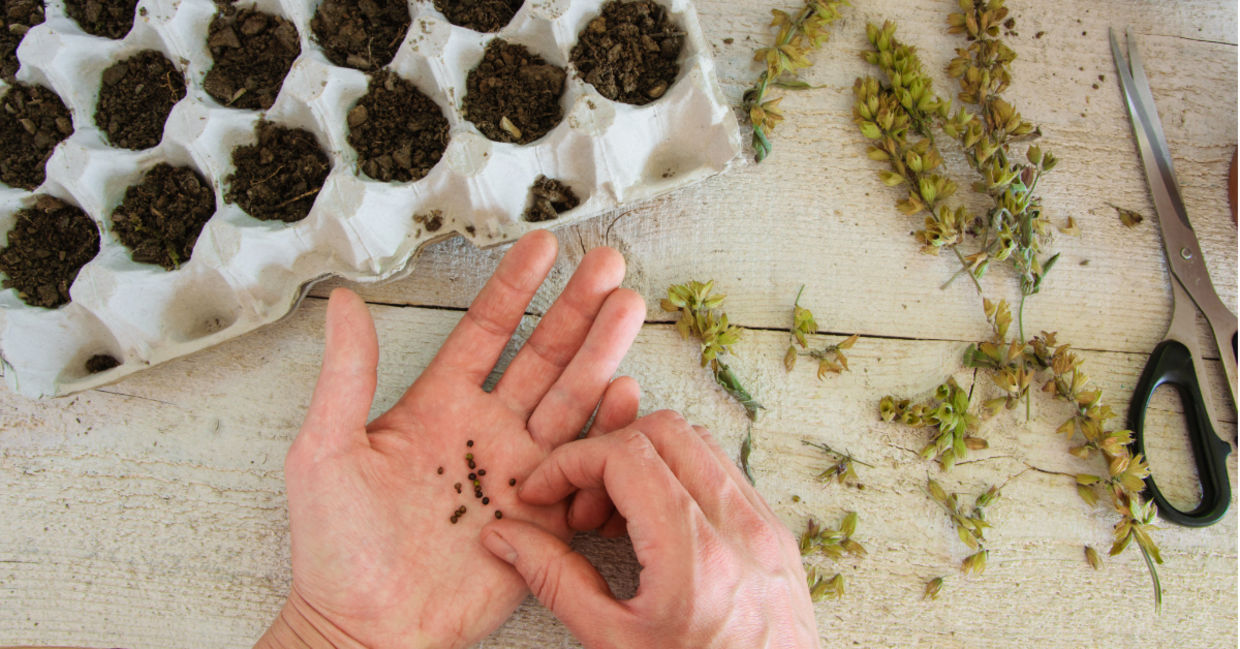
(682A IA / Shutterstock.com)
Think Small
While buying seeds or plants from the garden center or nursery you may be tempted to buy way too much, cautions Rolawn. After all, who wouldn’t want beautiful red heirloom tomatoes, colorful peppers, and thirst-quenching watermelons ready to pick in their garden? If you plan ahead, you will know exactly what you need and not buy more than what is essential.
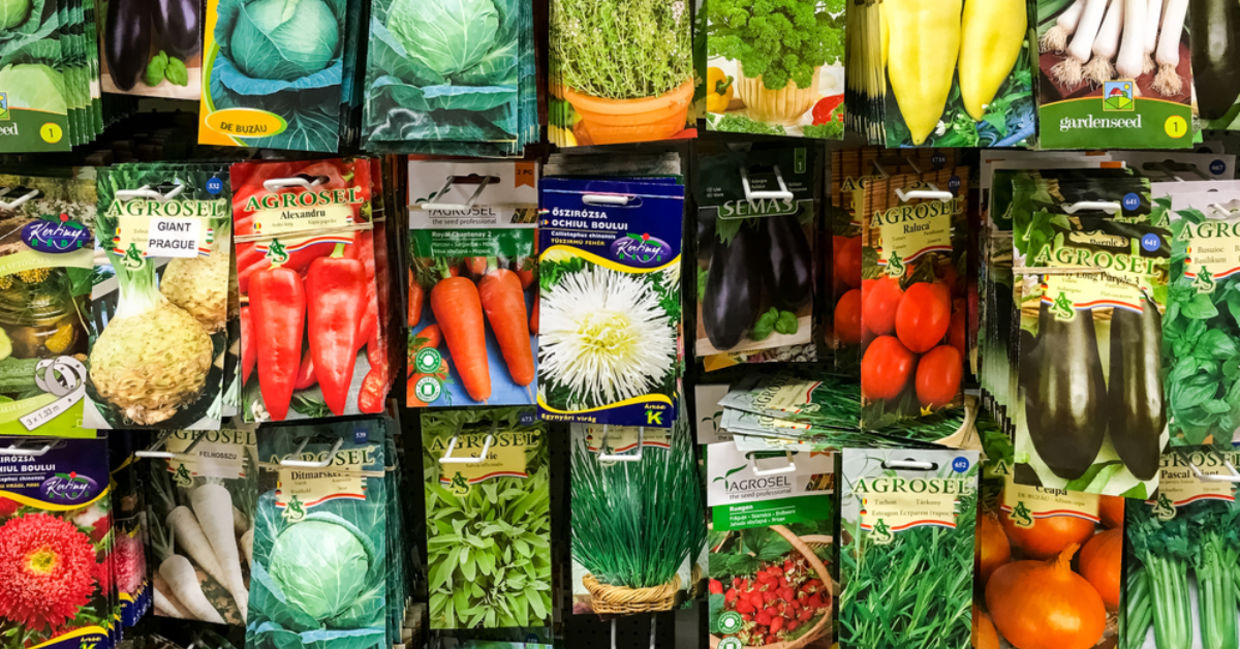
(Radu Bercan / Shutterstock.com)
Save Seeds
After your first garden, you can save money by saving seeds for the next year. When you are harvesting your fruits and veggies but before they turn brown, you can also collect seeds. According to the University of Minnesota Extension, tomatoes, peas, peppers, and beans are great choices for seed saving. That’s because they are self-pollinating and the seeds require very little preparation before saving.
Make sure that you are taking seeds from healthy plants that do not show any signs of disease. After you have collected the seeds you want to save, put them in paper packets and keep them in tightly sealed glass containers. Make sure the seeds are kept cool and dry.
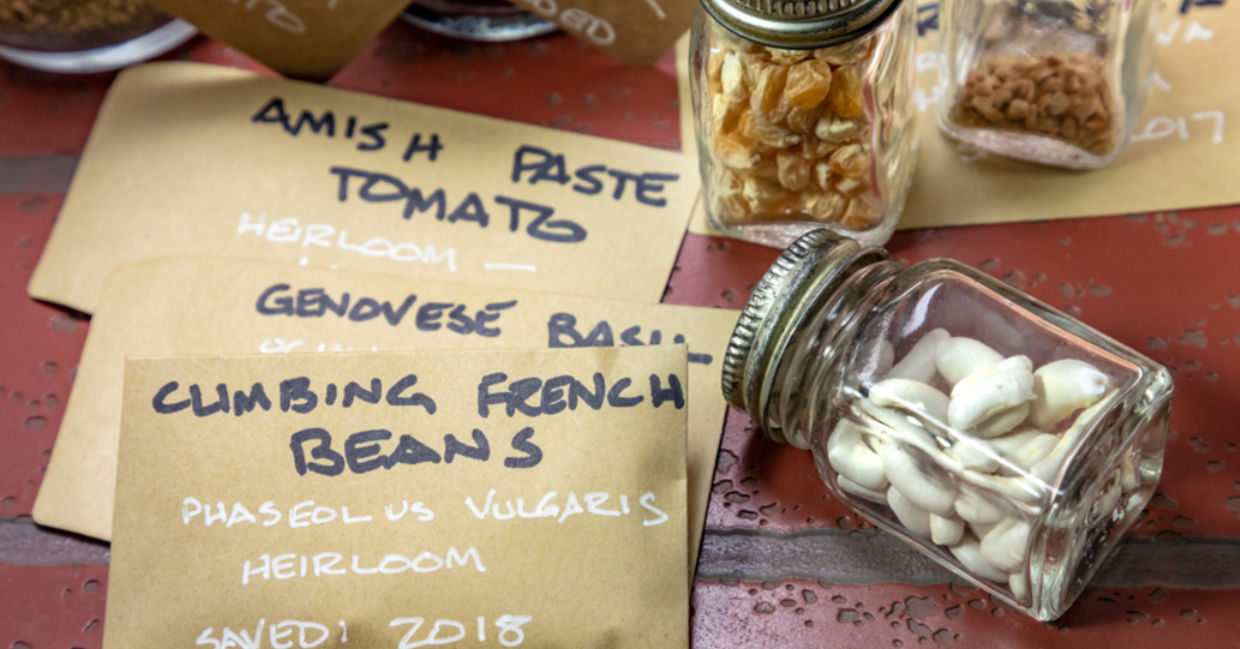
(CL Shebley / Shutterstock.com)







